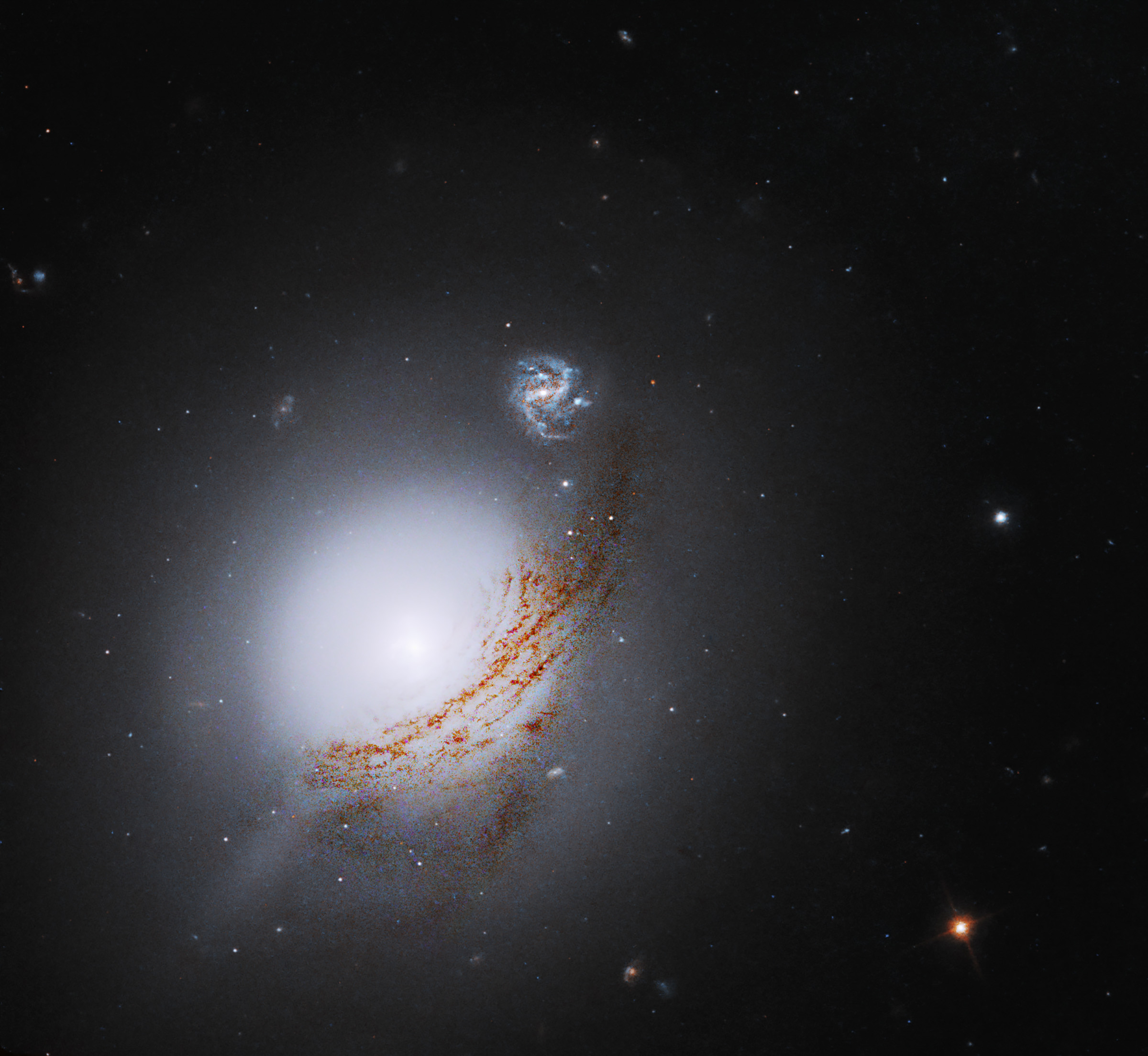Newer telescopes like the James Webb will one day outpace the Hubble Space Telescope, which is over 30 years old. For now, though, NASA and the ESA’s old-school observatory continues to wow us with brilliant spectacles captured in space, like Hubble’s recent image of NGC 5283.
NGC 5283 is a lenticular galaxy found in the Draco constellation. It’s situated very close to the northern celestial pole, according to TheSkyLive. That means it’s very visible from the northern hemisphere throughout most of the year. What really makes NGC 5283 so special, though, is that it is home to an AGN.
AGNs, or active galactic nuclei, are extremely bright regions at the heart of a galaxy where a supermassive black hole also exists. AGNs form when the dust and gas from the galaxy fall into the black hole at the center, releasing intense heat and light that can be seen far across the universe. And Hubble’s image of NGC 5283 showcases just how bright these AGNs can be.

Galaxies that contain AGNs aren’t uncommon. However, those that are bright, but not too bright — like the one seen in NGC 5283 — are known as Seyfert galaxies.
These galaxies stand out because of the bright light they emit. But, as you can see in this latest Hubble image of NGC 5283, the AGN isn’t bright enough to hide the rest of the galaxy. Only 10 percent of galaxies with AGNs are Seyfert galaxies, making them pretty rare.
Galaxies like the one pictured above are special because they are a great resource for astronomers investigating the physics behind AGNs, black holes, and even the structure of the AGN’s host galaxy structure. Hubble recently captured a photo of the core of another Seyfert galaxy known as NGC 4395.
Learning more about these rare galaxies can teach astronomers a lot. And Hubble’s observations of galaxies like NGC 5283 make that learning possible. Additionally, they also make for spectacular eye candy for space lovers who enjoy getting to see more of our universe with every image release.








